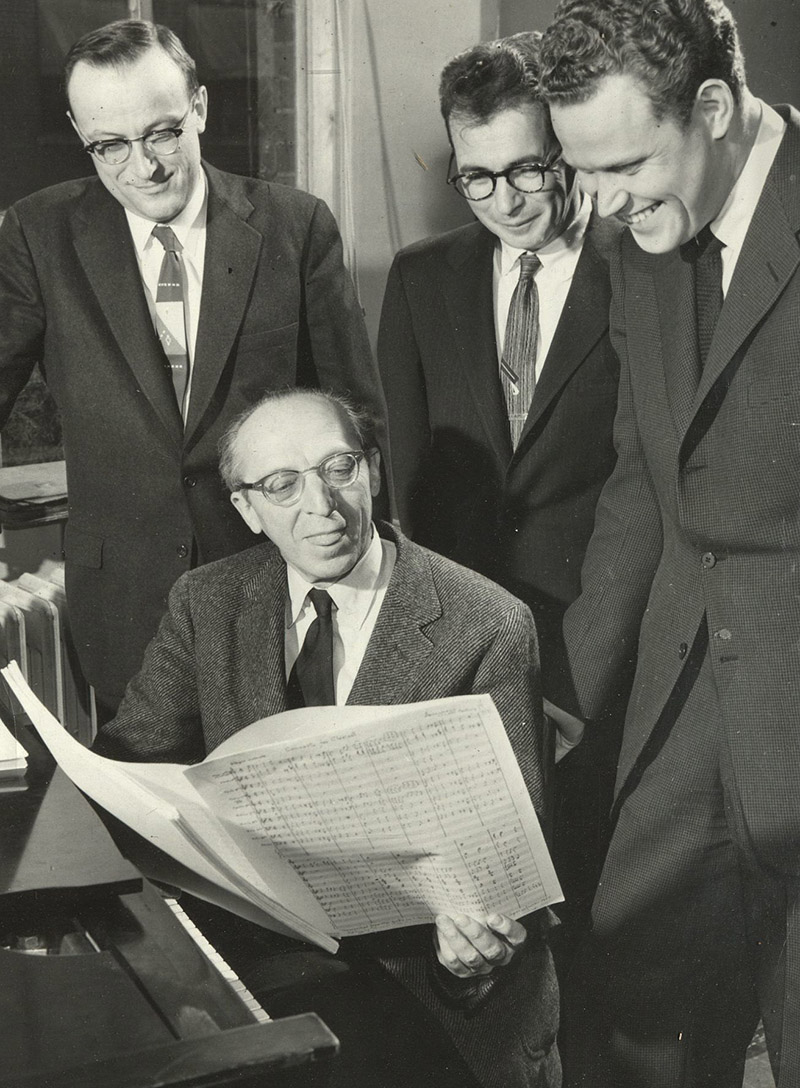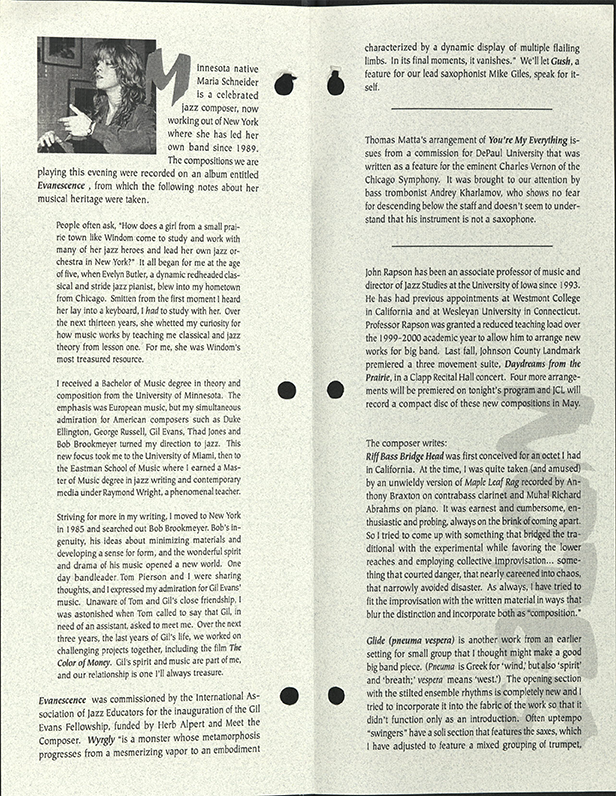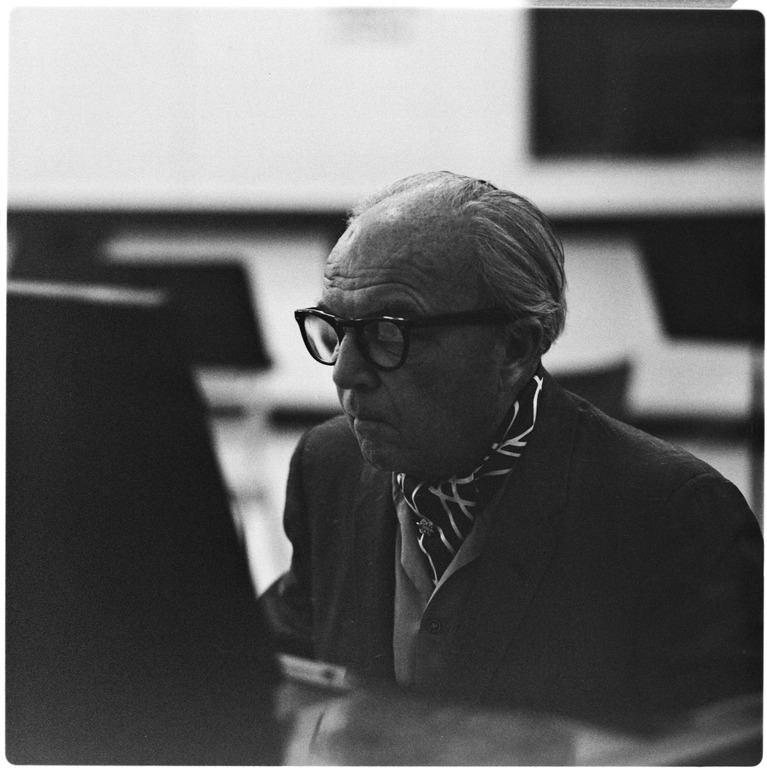by Marian Wilson Kimber Discovering lost pieces of music in dusty archives is what most people think musicologists do. We only make the news if someone finds an unknown manuscript by a famous composer buried in a library. It’s true that the most rewarding part of my job is getting to hold centuries-old letters, scores,Continue reading “SOUNDS FROM THE FIELD – Jane Austen in the Age of Digital Discovery”
Category Archives: Exploring Our Sounds
Students Investigate: A Deeper Dive into H. S. Perkins’s The Nightingale
William Oscar Perkins and Henry Southwick Perkins, The Nightingale: A Choice Collection of Songs, Chants and Hymns, Designed for the Use of Juvenile Classes, Public Schools, and Seminaries; Containing Also a Complete and Concise System of Elementary Instruction (Boston: Oliver Ditson, 1860) by C. A. Norling Advertised in University catalogues as providing “peculiar advantages toContinue reading “Students Investigate: A Deeper Dive into H. S. Perkins’s The Nightingale“
Students Investigate: A Deeper Dive into the SUI concert of Copland compositions, March 5, 1958
State University of Iowa Orchestra concert of Copland compositions, March 5, 1958Represented by original concert program and picture of Himie Voxman and Aaron Copland from the composers 1958 visit to Iowa City by Jenna Sehmann On March 5, 1958, Aaron Copland attended a concert by the State University of Iowa Symphony Orchestra as an honoredContinue reading “Students Investigate: A Deeper Dive into the SUI concert of Copland compositions, March 5, 1958”
Students Investigate: A Deeper Dive into the Music of Maria Schneider
JCL Features the Music of Maria Schneider (2000) by Toni LeFebvre On April 26, 2000, Johnson County Landmark, the premiere big band of the University of Iowa, featured the music of band leader, John Rapson, and award-winning American jazz composer, Maria Schneider. Programmed were three pieces from Schneider’s 1994 debut studio album, “Evanescence” – “Wrigly”,Continue reading “Students Investigate: A Deeper Dive into the Music of Maria Schneider”
Students Investigate: A Deeper Dive into Ernst Krenek
The University Orchestra Performs Ernst Krenek, November 17, 1965 by Lisa Mumme Can works composed in the United States be considered American if they draw on European styles? When does an immigrant – and his art – become American? The November 17, 1965 University Orchestra program offers one opportunity to consider how these questions canContinue reading “Students Investigate: A Deeper Dive into Ernst Krenek”
STUDENT EXHIBIT: Exploring Our Sounds: Traditions of American Music Making at the University of Iowa
What is American Music? What does the idea of “American” music making mean for different University of Iowa artists and audiences? In what ways have University of Iowa musicians, audiences, conductors, critics, and historians contributed to the musical identity of the United States? In what ways might they do so in the future? The students ofContinue reading “STUDENT EXHIBIT: Exploring Our Sounds: Traditions of American Music Making at the University of Iowa”
Exploring Our Sounds: A Playlist
This playlist accompanies the “Exploring Our Sounds” exhibit, which is on display throughout the Spring 2019 semester on the first floor of the Voxman Music Building. Visit the Rita Benton Music Library website throughout the semester to read blog posts by the participating students, faculty, and library staff, which will examine the objects and themesContinue reading “Exploring Our Sounds: A Playlist”




